#toshie kimura
Text
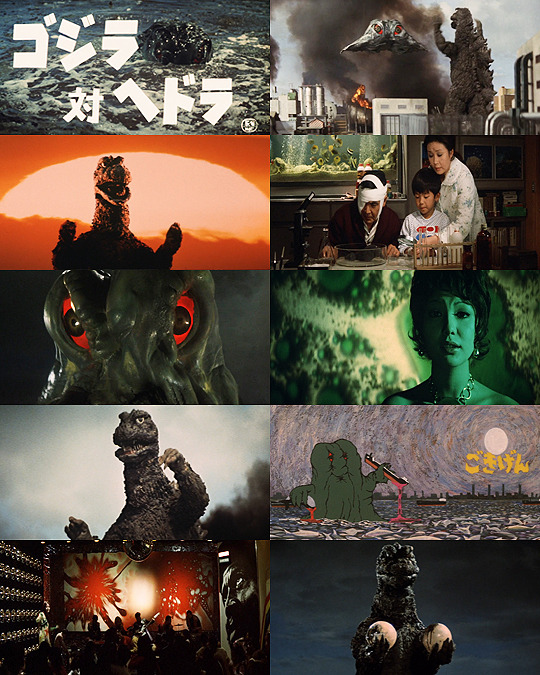
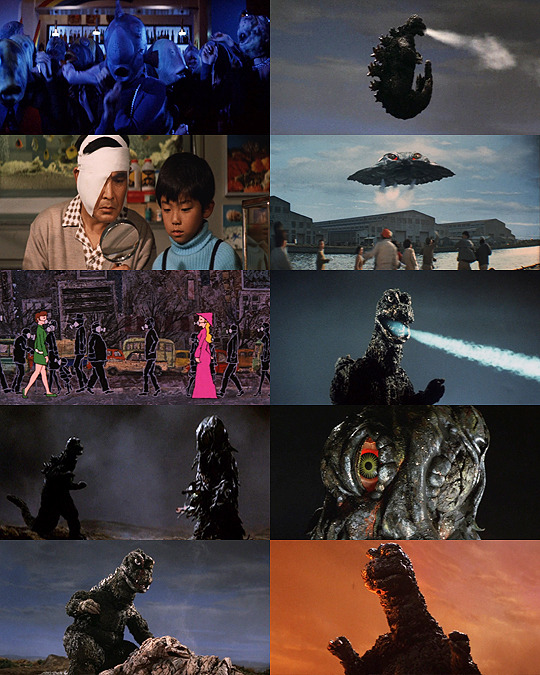
Films Watched in 2024:
27. ゴジラ対ヘドラ/Gojira tai Hedora/Godzilla vs. Hedorah (1971) - Dir. Yoshimitsu Banno
#ゴジラ対ヘドラ#Gojira tai Hedora#Godzilla vs. Hedorah#Yoshimitsu Banno#Akira Yamanouchi#Toshie Kimura#Hiroyuki Kawase#Keiko Mari#Toshio Shiba#Yukihiko Gondô#Haruo Nakajima#Kenpachirō Satsuma#Godzilla#Hedorah#Godzilla vs. The Smog Monster#Films Watched in 2024#My Edits#My Post
13 notes
·
View notes
Text
Now watching:

#godzilla vs hedorah#yoshimitsu banno#Godzilla#hedorah#kaiju#kaiju summer#akira yamanouchi#toshie kimura#hiroyuki kawase#toshio shiba
4 notes
·
View notes
Text
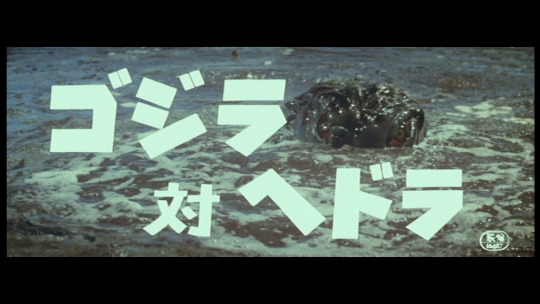
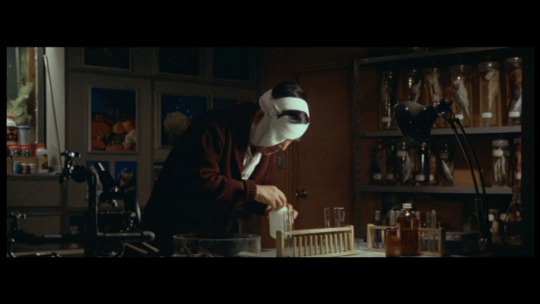
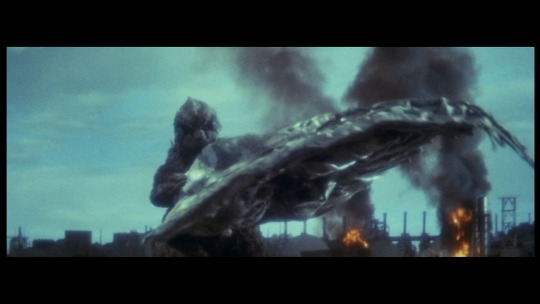

youtube
Godzilla vs. Hedorah (1971)
My rating: 4/10
I suppose it's only appropriate for a movie about a pollution monster to be a huge, weird mess. Theme song's a bit of a bop, though.
#Gojira tai Hedora#Yoshimitsu Banno#Ishirô Honda#Takeshi Kimura#Akira Yamanouchi#Toshie Kimura#Hiroyuki Kawase#Youtube
2 notes
·
View notes
Photo
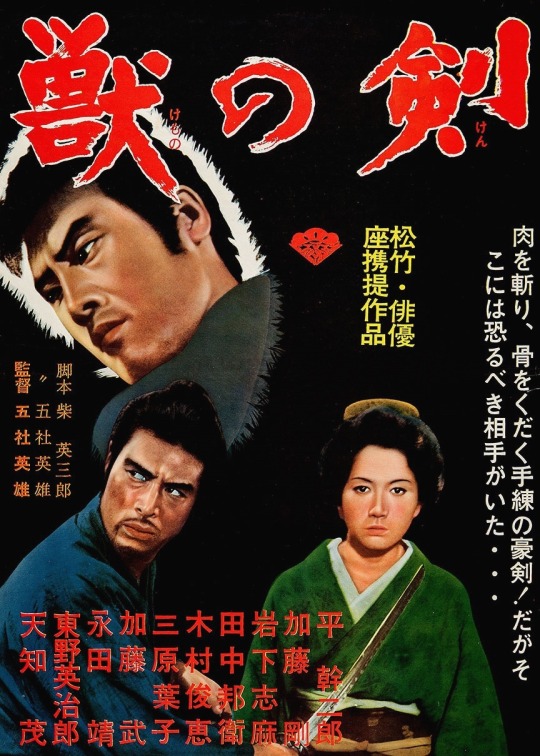
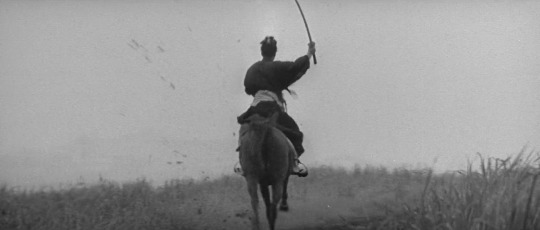






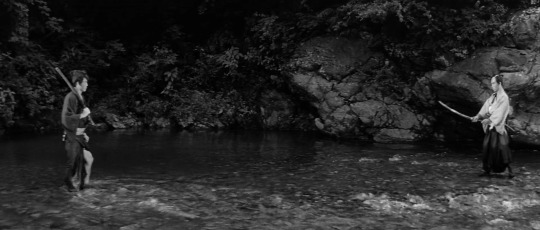

Sword of the Beast / Kedamono no ken (1965, Hideo Gosha)
獣の剣 (五社英雄)
6/5/23
#Sword of the Beast#Kedamono no ken#Hideo Gosha#Mikijiro Hira#Shima Iwashita#Go Kato#Toshie Kimura#Kantaro Suga#Yoko Mihara#Kunie Tanaka#Eijiro Tono#Shigeru Amachi#60s#Japanese#drama#action#chanbara#samurai#jidaigeki#Japanese New Wave#gold#mountains#fugitives#gold prospecting#corruption#river#assassination#social commentary
6 notes
·
View notes
Text
GODZILLA VS. HEDORAH:
City pollution
Leads to spread of sludge monster
Psych rock Kaiju flick
youtube
#godzilla vs hedorah#gojira tai Hedora#akira yamanouchi#toshie kimura#Hiroyuki Kawase#toshio shiba#keiko mari#Yoshimitsu Banno#ishiro honda#takeshi Kimura#Kaoru Mabuchi#yoshio Yoshiba#criterion collection#criterion channel#Youtube
0 notes
Text
Manga, books and authors mentioned in A Drunken Dream and Other Stories
I wrote the english names that were used in the book. Honestly the way I organized this gave me a headache but I hope it's useful <3 See more for the list of authors that were mentioned briefly.
Manga mentioned in the interview
Mama’s Violin - Tetsuya Chiba
Tomboy Angel - Mitsuteru Yokoyama
Shinsengumi; Astro Boy - Osamu Tezuka
Harp of the Stars; Hello, Teacher; The White Troika - Hideko Mizuno
Mist, Roses and Stars - Shotaro Ishitani
The Boy from Dartmoor - Nanae Sasaya
In the Sunroom; The Song of the Wind and the Trees - Keiko Takemiya
You Can Hear the Rain; Birth - Yumiko Oshima
Norakuro - Suiho Tagawa
The Rose of Versailles - Riyoko Ikeda
Mentioned in Rachel Thorn's essay
Fuichin-san - Toshiko Ueda
Tomorrow’s Joe - Tetsuya Chiba
Eyes of Ice - Nanae Sasaya
Aim for the Ace! - Sumika Yamamoto
Toward the Terra; Fly Me to the Moon! - Keiko Takemiya
Banana Bread Pudding; F-Shiki Ranmaru - Yumiko Oshima
Two in a White Room; Arabesque; The Son of Heaven in the Land of the Rising Sun; Terpsichore - Ryoko Yamagishi
Mari and Shingo; A Staff and Wings - Toshie Kihara
Books
The Secret Garden - Frances Hodgson Burnett
Anne of Green Gables - Lucy Maud Montgomery
Rebecca of Sunnybrook Farm - Kate Douglas Wiggin
Little Women - Louisa May Alcott
Shank’s Mare - Ikku Jippensha
The Currents of Space - Isaac Asimov
The Generative Enterprise Revisited - Noam Chomsky
Phantoms in the Brain - V.S. Ramachandran
There's notes at the end giving more context for these authors but I don't have it in me rn.
Interview: Miyako Maki
Masako Watanabe
Kazuo Umezu
Sanpei Shirato
Mineko Yamada
Ryoko Yamagishi
Jun Morita
Yasuko Sakata
Akiko Hatsu
Shio Satoh
Aiko Itoh
Machiko Satonaka
Essay: Yoshiko Nishitani
Minori Kimura
Mineko Yamada
Akira Mochizuki
Sato Tomoe
Book authors: Kenji Miyazawa
Jean Stratton-Porter
Robert Heinlein
Ryotaro Shiba
Sawako Ariyoshi
Herman Hesse
Ray Bradbury
Jean Cocteau
Kenichiro Mogi
#moto hagio#rachel thorn#a drunken dream and other stories#year 24 group#retro shoujo#I apologize for any mistake
13 notes
·
View notes
Text

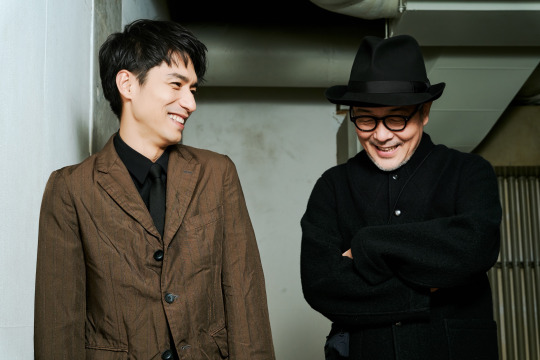

2024.03.01 Nishikido Ryo & Lily Franky interviewed by Oricon
—
video version: here
My translation of the interview below. Any corrections are welcomed!
Cottontail, an Anglo-Japanese co-production project by a Japanese cast and up-and-coming British director Patrick Dickinson, will be released in cinemas from 1 January today. This road movie spins a tale of family love and rebirth, moving the stage from Tokyo to the UK. Lily Franky (60) plays a clumsy father who has kept his heart closed, and Ryo Nishikido (39) plays his long neglected son. Although they had known each other privately, this is the first time they have worked together as actors. They praised each other's work.
How did you come to know each other?
Lily: We had a mutual acquaintance and got together at a bar.
Nishikido: Yes, we did. After our mutual acquaintance left first, we continued drinking together. Even though we hadn't met each other before (laughs).
Lily: Then it took more than 10 years until we worked together on Cottontail, didn't it?
Nishikido: I was around 24 when we first met.
Lily: Has it been that long?
Have you talked about working together one day?
Lily: Not at all (laughs). We talk about instruments and music all the time, don't we, Nishikido-kun?
Nishikido: Yes, that's true.
Lily: It's not like we contact each other and go out drinking. But we just met each other naturally, somehow.
How did you feel when this collaboration was decided?
Lily: It was a no-brainer, right? (laughs).
Nishikido: Yes, it was.
Lily: The script reading was done remotely because of the pandemic. Even right before I left for London for the shoot, we were talking about something completely different, like, "I heard you recently bought a guitar." I guess he is not the type of person who talks passionately about his work. He never talked about his enthusiasm. He never shakes hands and says, "I'm looking forward to working with you” on the shoot (laughs).
Nishikido: It's a little embarrassing to express your feelings in that way (laughs). However, I have also seen the movie "Gururi no Koto/ All Around Us," in which you co-starred with Tae Kimura, who also appears in this film, and “The Devil's Path/Kyoakuu” with Takayuki Yamada, I have always watched the films in which you have appeared, thinking, "How nice" or "That is such a sneaky thing to do!”. There is a unique atmosphere that only Lily has. I was genuinely happy to work with such a wonderful actor.
Lily: I've seen the films that Nishikido-kun has been in too, but when I saw this finished film, I thought again, 'Wow, he's amazing'. I wasn't really aware of it when we were filming, but Toshi (Nishikido's character's name) explained to me what kind of family the Oshima family was and the relationship between the father, the deceased mother and the son. Without relying on dialogue or narrative devices, he made us understand his feelings towards his mother and his feelings towards his father by the way Toshi acted. It was amazing.
Nishikido: It was all directed by Patrick.
Lily: Toshi is Patrick, isn't he? He has a lot of thoughts about his father, and I think he really wanted Nishikido-kun to play out his thoughts.
I share the feeling that you mentioned earlier, when I see Lily's films and think “That is such a sneaky thing to do!”. How do you always prepare for your roles?
Lily: If the director tells me to, I do. If I'm not told otherwise, I don't. I was in Daihachi Yoshida's The Beautiful Star (2017), and his next film was The Scythian Lamb (2006), starring Nishikido-kun, and did Daihachi-san ask you, “please do XXX”?
Nishikido: As in preparation for the role? No, he didn't tell me to do anything.
Lily: I was told by Daihachi-san to lose weight. Well, if you're told to do that, you do it. I try not to do anything unnecessary as much as possible, because the worst thing that can happen when you create a role for yourself is that it doesn't match the director's image of you. Besides, and this is serious, I've almost never played a role where I have to wear a tie to work. Maybe the directors and producers don't have that kind of image for me anymore.
Nishikido: I have a stronger image of him in roles where he looks like a nice guy but is actually very bad, or where he smiles in a nihilistic way.
Lily: In a film called Analog (2011), I played the role of a coffee shop master who just quietly brewed coffee, and I heard that many people were misled into thinking that he was going to do something someday, probably because he hardly had any dialogue (laughs).
Nishikido: In the first place, when you offer the role to Lily, you don't need to ask him to prepare for the role, do you? I think it works just by having Lily do it. When Daihachi was directing, I think he thought it would be nice if you looked a little thinner.
Did you have received (any preparation instructions) from the director, Patrick?
Lily: There was nothing from Patrick. He said that the script was just a blueprint and that the script wasn't everything, and it was like he was waiting for what came out of the actors themselves playing their respective roles. I think that's exactly what Nishikido-kun's Toshi is about.
What was the director like?
Lily: Very calm.
Nishikido: He's so gentle.
Lily: Really sweet and very polite. Now that I think about it, director Patrick and cameraman Mark (cinematographer Mark Wolfe) were definitely wearing collared clothes to the set every day. We were shooting in England in the middle of summer (in 2021).
Nishikido: Yes, that's true.
Lily: England has a gentleman image, right? There is something old-fashioned about Patrick. He has a sense of politeness that Japanese people have forgotten. Nishikido-kun is old-fashioned too, but in a slightly different way.
When you say Nishikido-san is old-fashioned, what do you mean?
Nishikido: Am I old-fashioned? I don't know...
Lily: When you went to England, you cooked your own rice.
Nishikido: I did cook for myself.
Lily: Even when I told him that the food catered on the set was "delicious," he would say something like, " I'm fine with this," and eat onigiri (rice balls) that he made himself. Sometimes he even made one for Director Patrick. It was a bit samurai-like in that way.
Do you always bring Japanese food when you go abroad for work?
Nishikido: I do some research before I go, and if there is a Japanese restaurant near the hotel where I will be staying, I don't bring Japanese food with me, but this time I had a quarantine period (5 days) due to the pandemic, and I knew I would definitely want to eat some rice, so I brought some.
Lily: You were trying to eat up all the rice before you returned to Japan.
Nishikido: I ate it all up (laughs).
Would you like to work together again?
Nishikido: Of course! I'd like to play a role that isn't father and son next time, and I'd also like to play father and son again.
Lily: I would love to make a film together. This time we played a very serious father and son, so maybe next time playing a foolish father and son would be good.
8 notes
·
View notes
Text
The Cinema Film Of The Week - Godzilla vs Hedorah AKA Godzilla vs The Smog Monster
Directed By Yoshimitsu Banno

Story By Yoshimitsu Banno and Takeshi Kimura
Starring Akira Yamauchi, Toshie Kimura, and Hiroyuki Kawase
Music By Riichiro Manabe
Distributed By Toho
Release Date July 24, 1971
Country Japan
6 notes
·
View notes
Photo

#31
Godzilla vs. Hedorah - Yoshimitsu Banno 1971
#Godzilla vs. Hedorah#Yoshimitsu Banno#Akira Yamauchi#Toshie Kimura#Hiroyuki Kawase#Toshio Shiba#Keiko Mari#Yoshio Yoshida#Haruo Suzuki#Yoshio Katsube#Susumu Okabe#Kentaro Watanabe#Wataru Ōmae#Tadashi Okabe#Shigeo Katō#Takuya Yuki#Eisaburo Komatsu#Yukihiko Gondo#Haruo Nakazawa#Kenpachiro Satsuma#Yasuzô Ogawa#Kôji Uruki#Haruo Nakajima
7 notes
·
View notes
Photo




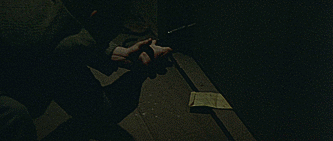





Hiroshima Death Match (1973)
#hiroshima death match#Kinji Fukasaku#bunta sugawara#shin'ichi chiba#Meiko Kaji#shingo yamashiro#hiroshi nawa#mikio narita#gin maeda#toshie kimura#hiroshima shitô hen
24 notes
·
View notes
Photo

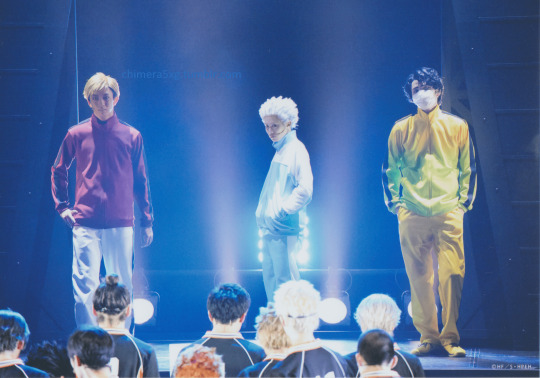
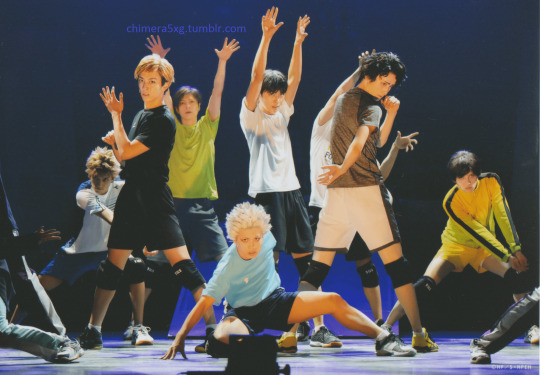
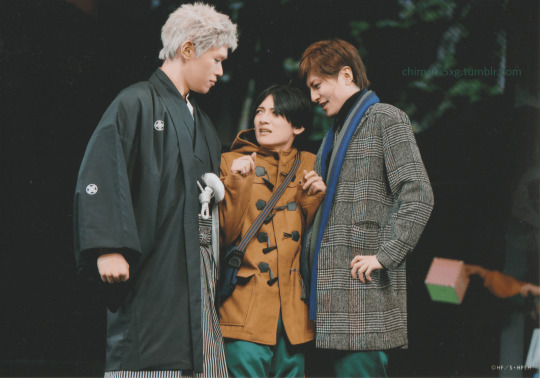
national youth camp and datekou bromides!
[do not repost!!]
#kageyama tobio#miya atsumu#hoshiumi kourai#sakusa kiyoomi#futakuchi kenji#sakunami kousuke#aone takanobu#akana ryuunosuke#matsushima yuunosuke#kiyama ryuu#tsuwabuki toshi#kimura atsushi#hirono ryouta#arai shou#engeki haikyuu#haisute#hishou#chi scans#hq
219 notes
·
View notes
Photo




#kenta harada#katamali#eiji mitsuzono#pata#x japan#you#dead end#toshi#kentaro#gargoyle#himawari#dustar-3#die#ra:in#rikiji#oblivion dust#seiji kimura#zeppet store#evakan#crazy cool joe#crazy rock night vol. 3#day 2
7 notes
·
View notes
Photo


RETRO 80′s 90′s J-Pop
Playlist for min-min-aino97
A happy boppy playlist with 80s and 90s J-Pop.
Art by hanavbara
#meiko nakahara#kikuchi momoko#cindy#kanako wada#keiko kimura#wink#junko ohashi#toshi kadomatsu#hitomi#tomoko aran#mariya takeuchi#80's#90's#retro#j-pop#playlist#mix#music playlist#j-pop playlist#mine
49 notes
·
View notes
Photo





#kimura kaela#nagasawa masami#mizobata junpei#i just learned she is eita's wife :o#toshi densetsu no onna#i love tokyo legend - kawaii detective#funny#cameo#jdrama
1 note
·
View note
Text
YEAR 24 GROUP
A group of women who revolutionized the world of shōjo manga and the vision of the female mangaka.
They are known as the Year 24 Group or as Forty-Niners since they were all born around the year 24 of the Shōwa era (1949)
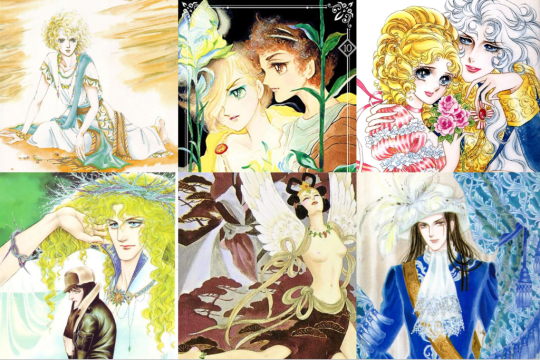
The entrance of women to the dedication of manga as a profession was very slow, since until then being a mangaka was a well-accepted job only for men. Meanwhile, Japanese women were still tied to housework.
But Japan after losing World War II was occupied for 7 years by the United States, which caused changes in Japanese customs. Beate Sirota, an American defender of women's rights, introduced legal equality between men and women in the 1947 constitution. She also gave the right to marriage by mutual agreement and lastly she gave women the right to divorce, to own/buy property and to inherit. Thanks to Sirota, women were freed little by little from being housewives, if they wanted, and were able to dedicate themselves to jobs that were previously considered for men, more naturally.
During the 70s, after the student strikes, the scourge of modernity and the sexual revolution, the mangakas of the Year 24 Group began to debut and the manga stopped having molds.
The Magnificent Forty-Niners cast aside the innocence of the female mangaka that preceded them, yet are aware of their limitations, praise their achievements, and serve as an influence.
The women of the Year 24 Group were by no means conformists, as evidenced in their works and private lives, and made shōjo an exploratory category in which they included new genres that had never been touched before in this demographic. Until now, Shōjo was mainly (if not only) about the simple life of high school girls, it was just about the slice of life. But these ladies gave depth to the characters, filling them with philosophical or existential questions and on several occasions the girls stopped having the leading role. They introduced other genres such as science fiction, shōnen-ai (currently bl, love between two men) or bildungsroman and included elements such as the exploration of sexuality, genderqueer characters, adult women, vampires or rock and roll. And they dared to place their stories in places outside of Japan and in the past.
Moto Hagio was the core of the Year 24 Group and shared an apartment outside of Tokyo with another top Forty-Niner, Keiko Takemiya, for 3 years (1970-1973). Later the apartment became the Ōisumigakuen or Ōizumi Salon, a center where beginner mangaka girls will go to learn about manga, help each other and share ideas.
Gradually they gained popularity. Moto Hagio, Keiko Takemiya, Riyoko Ikeda, Yasuko Aoike, Toshie Kihara, Minori Kimura, Yumiko Oshima, Nanae Sasaya and Ryoko Yamagishi, all of them are part of the Year 24 Group whether they are more or less known in the West, in Japan they won their recognition.
— MŌTO HAGIO (1949-)
Currently she is the best known of the "Year 24 Group". Although she liked to draw since she was a child and in adolescence she was clear that she wanted to dedicate herself to manga, she did not have it easy since her mother didn't like it.
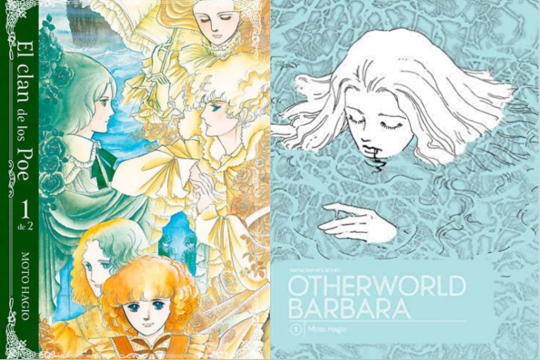
♡ The Poe Clan (1972-1976)
- Shōjo/josei (fantasy, horror)
- Spanish
♡ Otherworld Barbara (2002-2005)
- Josei (science fiction)
- English
—KEIKO TAKEMIYA (1950-)
Is dedicated to the teaching and dissemination of manga and also to preserve and reproduce manga with historical value.
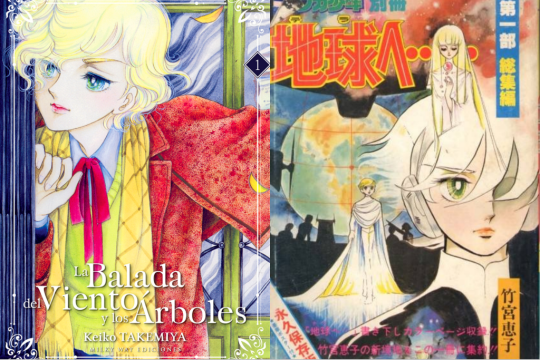
♡ The Song of Wind and Trees (1976-84)
- Shōjo (shōnen-ai/bl)
- Spanish
♡ Tera e... (1977-1980)
- Shōnen (space opera)
- Spanish
—RIYOKO IKEDA ♡ (1947-)
♡ The Rose of Versailles (1972-1973)
Studied philosophy at university while drawing manga, although she finally had to leave his studies due to pressure.

- Shōjo (historical, romance)
- Spanish / english
♡ Oniisama e... (1973-1975)
- Shōjo (drama, slice of life)
—YASUKO AOIKE (1948-)
Debuted at the age of 15 by winning an award from a magazine. The vast majority of her works are or have shōnen-ai elements, since she grew up surrounded by strong men (her family had a construction company).
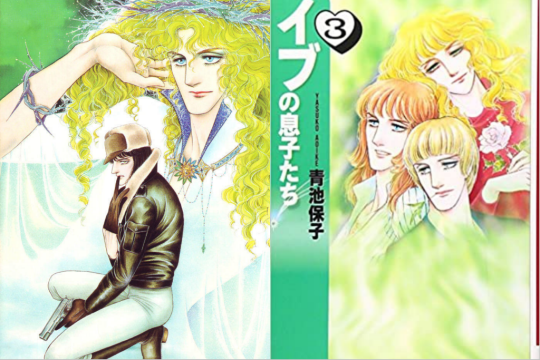
♡ From Eroica with Love (1976-2012)
- Shōjo (comedy, action, bl)
♡ Sons of Eve (1976-1979)
-shōjo (comedy, bl)
—RYOKO YAMAGISHI (1947-)
As a child practiced ballet, an element that is part of many of her works. And she introduced yuri as a genre in shōjo.

♡ Hi Izuru Tokoro no tenshi (1980-84)
- Shōjo (supernatural, historical)
♡ Shiroi Heya no Futari (1971)
- Shōjo (yuri)
—TOSHIE KIHARA (1948-)
The vast majority of her works are considered Josei, because they are not fanciful or humorous (there are exceptions). Some of her mangas have served as inspiration for musicals performed by the all-female Takarazuka Revue.
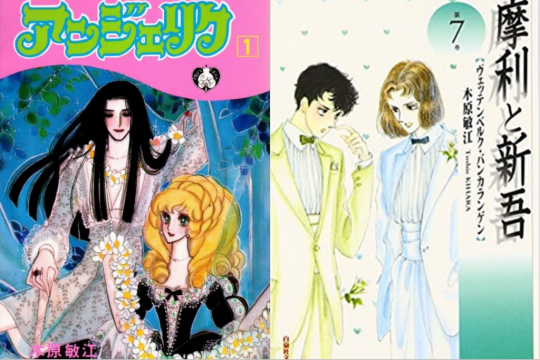
♡ Angelique (1977-1979)
- Shōjo (romance, historical)
♡ Mari to Shingo (1979-1984)
-Shōjo (bl, historical)
—NANAE SASAYA (1950-)
She is the youngest of four siblings. Her father wanted all his children to go to university and become teachers, but she gave it up to dedicate herself to manga. Is known for her horror stories with occult themes.
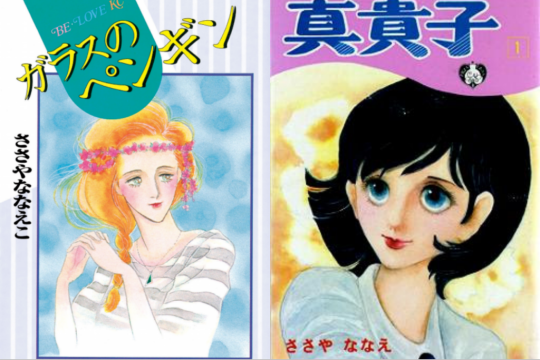
♡ Glass no penguin (1983)
- Josei ( Drama Slice of life)
♡ Makiko (1976)
- Shōjo (romantic comedy)
—YUMIKO OSHIMA (1947-)
Implanted new ways of making manga. Likes characters' thoughts being free on the page instead of in speech bubbles.
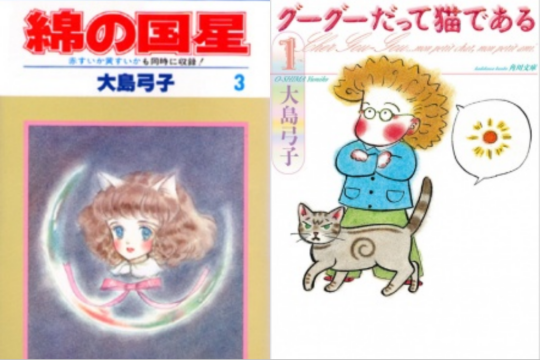
♡ Wata no Kuni Hoshi (1978-1987)
- Shōjo (fantasy, Romance)
♡ Gou Gou Datte Neko de Aru(1996-2011)
- josei (slice of life)
—MINORI KIMURA (1949-)
She debuted professionally at the age of 14 and, despite her very little recognition in the West, she is considered one of the brightest members of the "Year 24 Group". Some of her works are educational and deal with health issues.
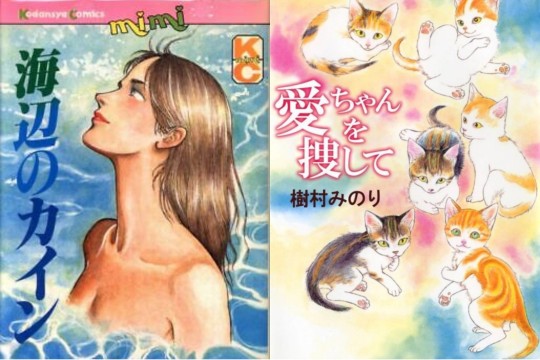
♡ Umibe no Cain (1980-1981)
-shōjo (yuri)
♡ Ai-chan wo sagashite (2011)
- shōjo (slice of life)
The effort of each of them was not in vain. The women of the Year 24 Group have achieved great awards and recognition over the years. They were nominated for 10 years in a row for one of the most prestigious Science Fiction awards in Japan, the Seiun Awards, and won up to 6 times (1978 y 1988). Moto Hagio won the Seiun Award in 1980, 1983 and 1985. They have also been awarded another of the most prestigious awards, but this time it is for manga, the Osamu Tezuka Cultural Award. Moto Hagio was the first person to receive the Osamu Tekuza Award for Excellence (1997). Some years later Ryoko Yamagishi and Keiko Takemiya also won it.
The Forty-Niners were the main and most relevant mangaka, but it doesn't mean that other female mangaka didn't arise during that time. Perhaps they didn't have such a revolutionary ideology or innovative way of making manga as the women of the Year 24 Group, but they also contributed to the world of manga (like Sumika Yamamoto with her manga Ace wo Nerae!)
The mark that these mangakas have left and continue to leave is not small at all. They have reinvented, innovated and set aside the limits. They made great strides despite having many things against them and thanks to all that, their works are classics today and all of them influence many current artists.
175 notes
·
View notes
Video
youtube
[Video] 劇団「ハイキュー!!」〝未来へつなげ!!〟(gekidan haikyuu!! ‘mirai he tsunage!!’)
Cast:
Suga Kenta
Hashimoto Shouhei
Uchida Shige
Hayashi Tsuyoshi
Kawahara Kazuma
Shiota Kouhei
Tanaka Keita
Akisawa Kentarou
Ino Hiroki
Tanaka Naoki
Tomimori Justin
Fuchino Yuuto
Yamaguchi Kento
Kageyama Tatsuya
Kosaka Ryoutarou
Katou Ken
Arisawa Shoutarou
Satou Nobunaga
Kiyama Ryuu
Takahashi Shunichi
Kimura Masataka
Matsunami Yuuki
Suzuki Youta
Arata Shihou
Matsubara Rin
Morinaga Ayato
Funaki Masahide
Gotou Takeru
Kimura Fuuta
Nakamura Tarou
Kajihara Hayate
Ishigami Ryuuya
Kawasumi Bishin
Takeshi Naoki
Nagata Takato
Kondou Shouri
Hasui Yuuma
Miyake Jun
Matsuda Hiro
Hatomi Louis
Higashi Takumi
Sera Yuusuke
Kawashita Taiyou
Kikuchi Shuuji
Sugimoto Minagi
Kobayashi Yuuta
Tsuji Daiki
Satou Takamichi
Takahashi Rio
Takata Akihiro
Fukuzawa Yuu
Takane Masaki
Motokawa Shouta
Yokoyama Masafumi
Tsuji Ryoushirou
Yuuki Kousei
Sakamoto Kota
Hirata Yuuya
Hatakeyama Ryou
Kanai Sonde
Shirakashi Judai
Asuma Kousuke
Kohatsu Aren
Tsuwabuki Toshi
Kanda Masakazu
Yamagiwa Kaito
Kitamura Kento
Hirono Ryouta
Masada Naohiro
Yanagihara Rin
Takasaki Shungo
Sakuraba Haruto
Tsurimoto Minami
Hashimoto Zenitsu
Matsumoto Yuuichi
Arai Shou
Noma Riku
Isono Dai
Sonan Kei
Agata Gouki
Takada Shuu
Ohinata Colin
Somekawa Shou
Kitazawa Yuuma
Osada Sean
Nakatani Yuushin
Kanegae Kou
Higano Shou
Ichinose Ryuu
Fukuda Yuuya
Oribe Yoshinari
Kamakari Kenta
Ogasawara Ken
Yamamotp Ryousuke
Matsushima Yuunosuke
Kamisato Yuuki
Akana Ryuunosuke
Daigo Koutaro
22 notes
·
View notes